In the thousands of years of Chinese history, the story of the four beauties "who toppled kingdoms and cities" has become a famous legend, passed down to this day.
Xi Shi (circa 7th - 6th century BC)
According to SCMP, legend has it that Xi Shi She was a Vietnamese, growing up during the Spring and Autumn period (770 - 481 BC). She lived during a chaotic period in history. China, played a key role in the fall of a dynasty.
At that time, King Fu Chai of Wu led his army to conquer Viet. King Goujian of Viet was defeated and retreated to Mount Huiji (now in Zhejiang province). He had to hand his wife over to King Wu as a hostage to ask for peace.
Later, the Vietnamese courtiers wanted to use beauty tricks to destroy the King of Wu. They chose the beautiful Xi Shi to teach her singing and dancing... After entering the palace, she quickly became the king's favorite concubine. The king was infatuated with Xi Shi and neglected the government.

Fu Chai disregarded all to build an expensive palace for Xi Shi, causing the financial resources of Wu to weaken. Taking advantage of the opportunity, Viet attacked Wu and regained power.
Legend has it that Xi Shi was torn between her love for Fu Chai and her loyalty to her homeland. Ultimately, she chose suicide to end her life.
Wang Zhaojun (circa 50 BC)
Wang Zhaojun grew up in a noble family during the Western Han Dynasty (206 BC - 9 AD), possessed outstanding beauty, and was proficient in playing the pipa - a typical Chinese musical instrument.

Emperor Yuan of Han chose his concubines based on their paintings. At that time, Wang Zhaojun did not bribe painters like the other concubines, so she was intentionally painted badly. Emperor many times missed
During this time, the imperial court struggled to maintain peace with the nomadic tribes of the North. The Xiongnu leader Hu Hanye wanted to marry a princess of Emperor Yuan of Han to establish relations.
Emperor Yuan of Han did not want to marry his daughter off, so he planned to find the ugliest person in the harem to act as a substitute. That person happened to be Wang Zhaojun.
On the wedding day, the Emperor was surprised and infatuated by Wang Zhaojun's beauty. He regretted his decision but could do nothing. She reluctantly became a sacrifice for the peace of the country.
Diao Chan (2nd century)
According to SCMP, Diao Chan is a person of mysterious origin in Chinese history. Her real name is not mentioned. "Diao Chan" is just a stage name, referring to jade jewelry and luxurious clothes made from mink fur.
Historical records show that Diao Chan was a prostitute, or worked as a prostitute for a notorious powerful minister, Dong Zhuo (140 - 192), who was known for his brutality and ambition to become Emperor of the Eastern Han Dynasty (25 - 220). He relied heavily on his talented adopted son, Lu Bu.

Unfortunately, Lu Bu fell in love with Diao Chan. Worried that his adoptive father would find out, in 192, Lu Bu assassinated Dong Zhuo. Thanks to that, the Eastern Han Dynasty was not doomed to fall into ruin at the hands of a tyrannical minister.
Yang Guifei (719 - 756)
Yang Guifei lived during the height of the Tang Dynasty (618 - 907). She was a concubine who was greatly favored by Emperor Xuanzong (reigned 712 - 756). Thanks to that, her family members were also promoted and held important positions in the court.
Among them, An Lushan was recommended by Yang Guifei to lead an army of 200,000 men, and eventually plotted against the Emperor. An Lushan's army captured the capital Chang'an, forcing the Emperor to flee. At this time, the royal family was disappointed, blaming Yang Guifei for bewitching Emperor Xuanzong, causing him to neglect state affairs.

The royal guards swore not to protect the Tang Dynasty while Yang Guifei was alive. As a result, the Emperor was forced to order the execution of her and her cousin.
Later, Emperor Xuanzong's son reclaimed the throne, restored the Tang Dynasty, and welcomed his father back to the palace. According to legend, Emperor Xuanzong had a painting of Yang Guifei painted and hung it in a small room in the palace, and often went there to remember her.
Source



![[Photo] Prime Minister Pham Minh Chinh chairs meeting on nuclear power plant construction](https://vphoto.vietnam.vn/thumb/1200x675/vietnam/resource/IMAGE/2025/10/22/1761137852450_dsc-9299-jpg.webp)

![[Photo] Da Nang: Shock forces protect people's lives and property from natural disasters](https://vphoto.vietnam.vn/thumb/1200x675/vietnam/resource/IMAGE/2025/10/22/1761145662726_ndo_tr_z7144555003331-7912dd3d47479764c3df11043a705f22-3095-jpg.webp)

![[Photo] Award Ceremony of the Political Contest on Protecting the Party's Ideological Foundation](https://vphoto.vietnam.vn/thumb/1200x675/vietnam/resource/IMAGE/2025/10/22/1761151665557_giaia-jpg.webp)























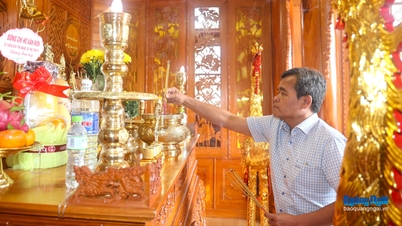





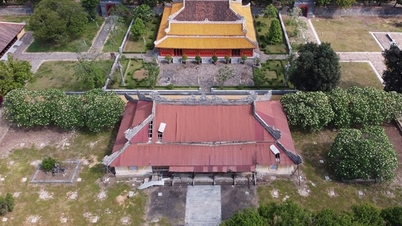




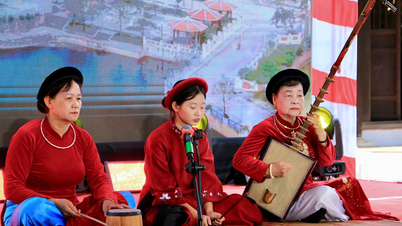



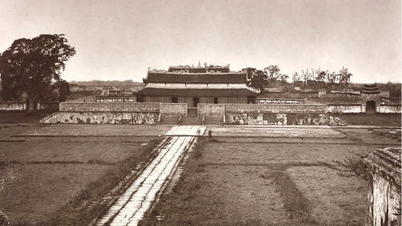



















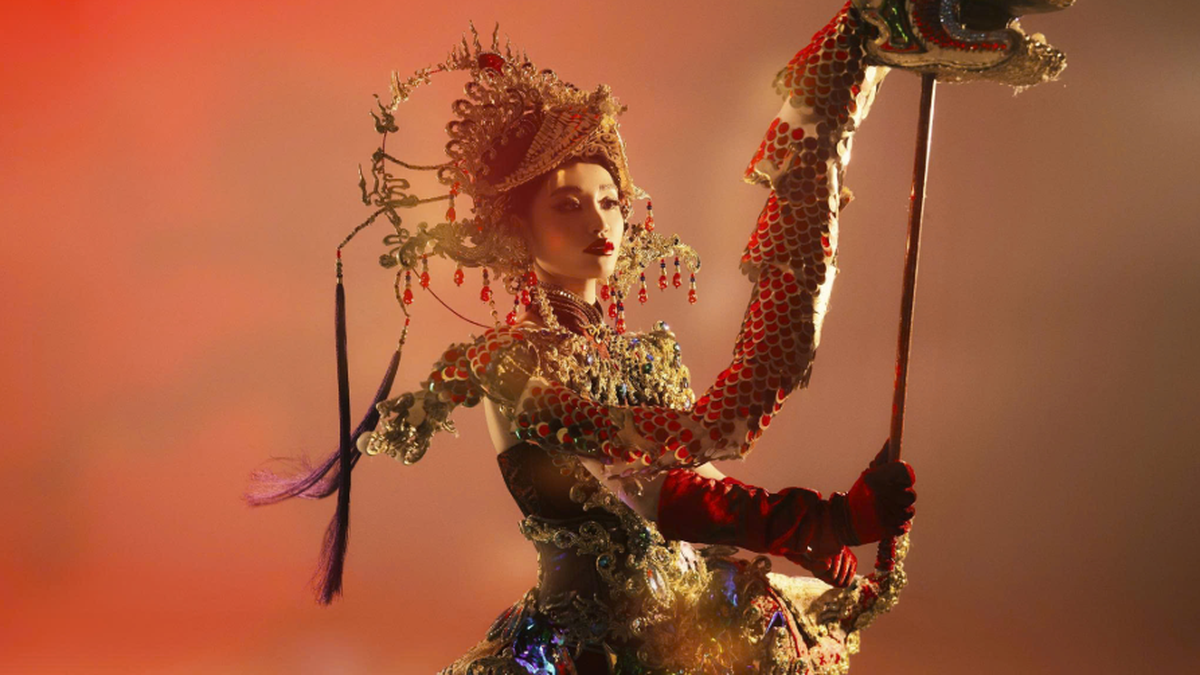




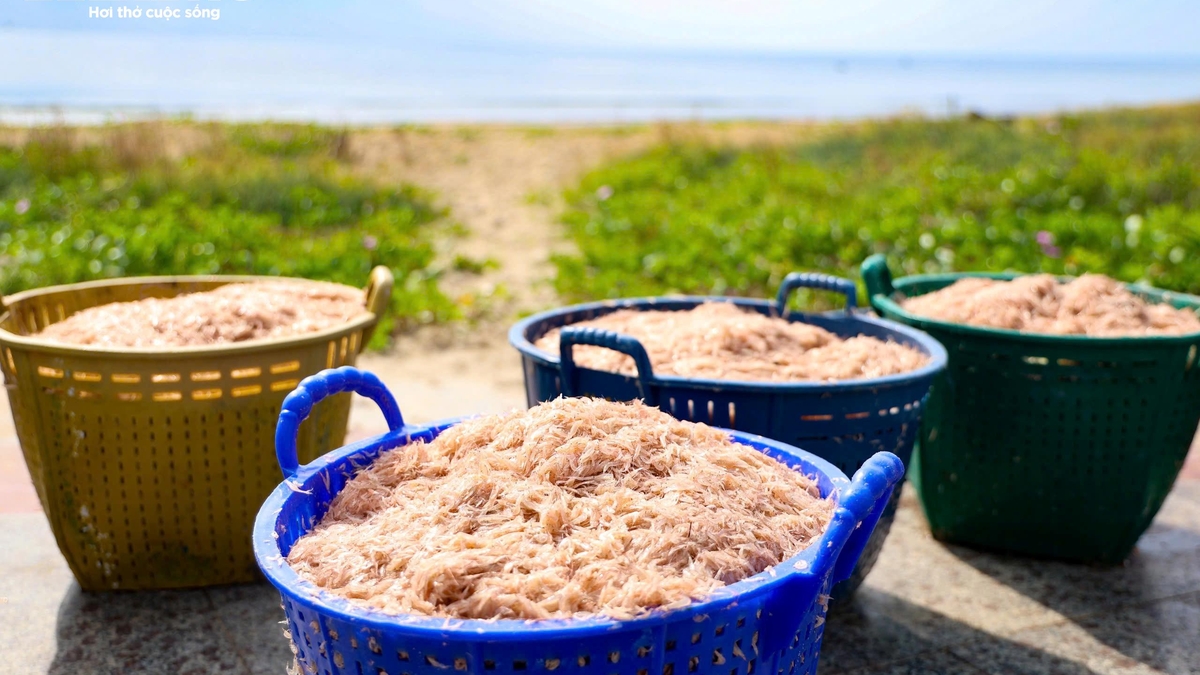












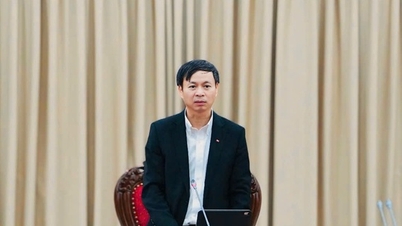

























Comment (0)